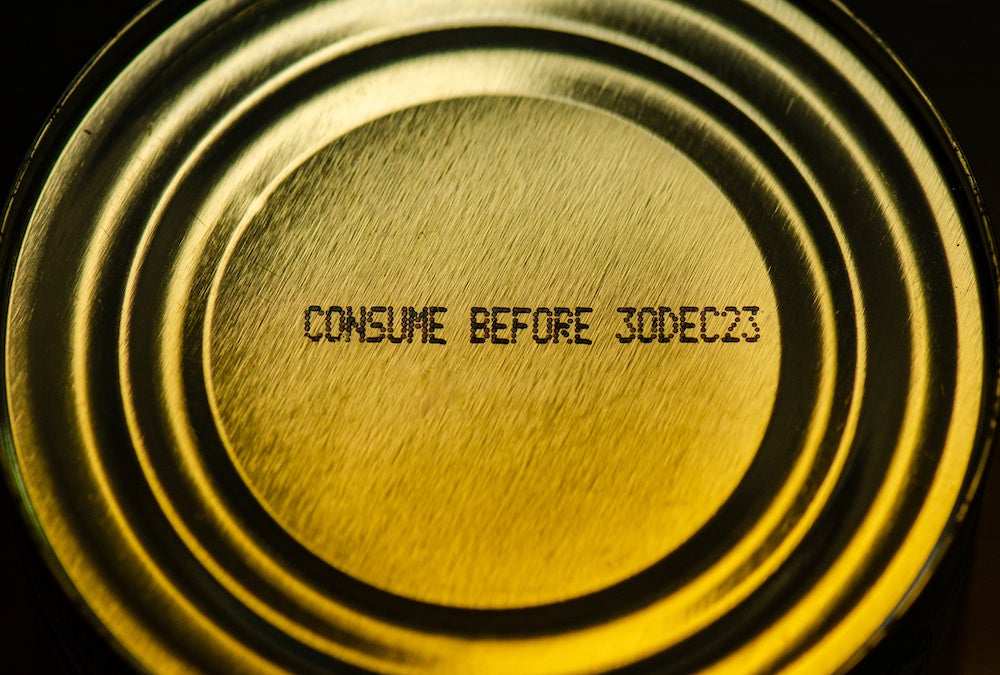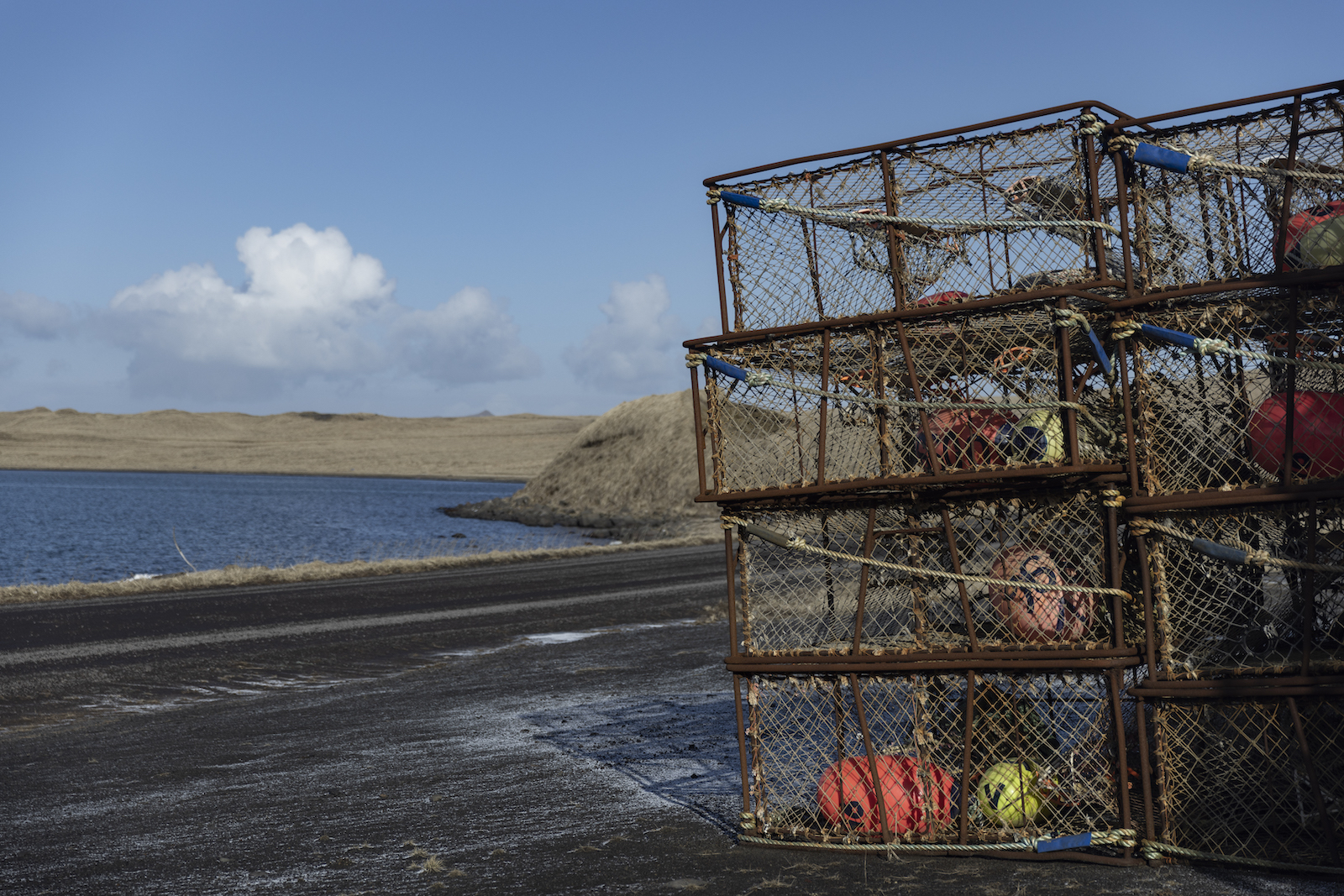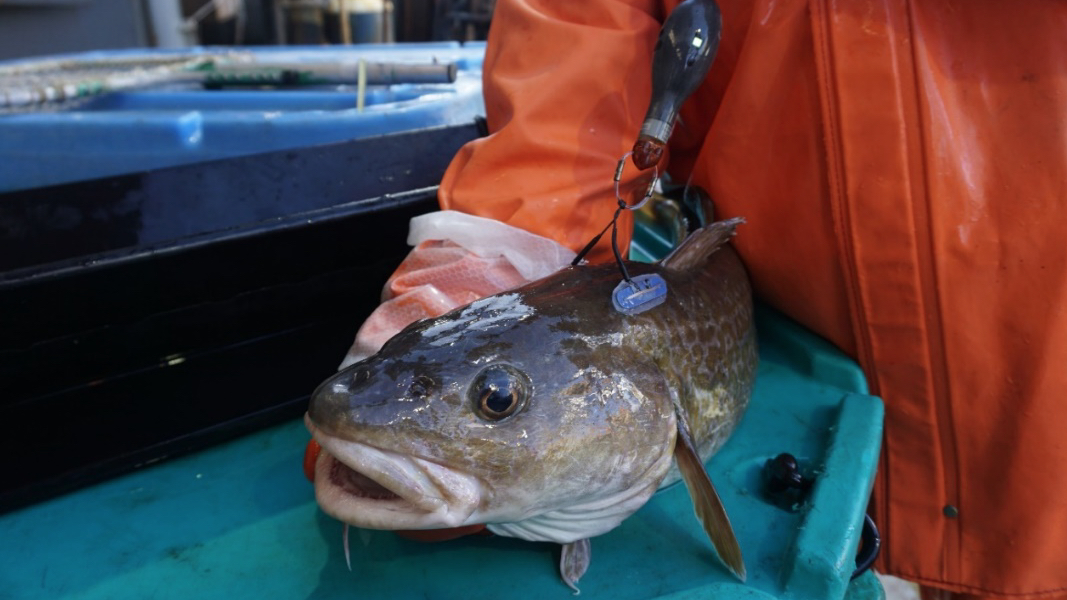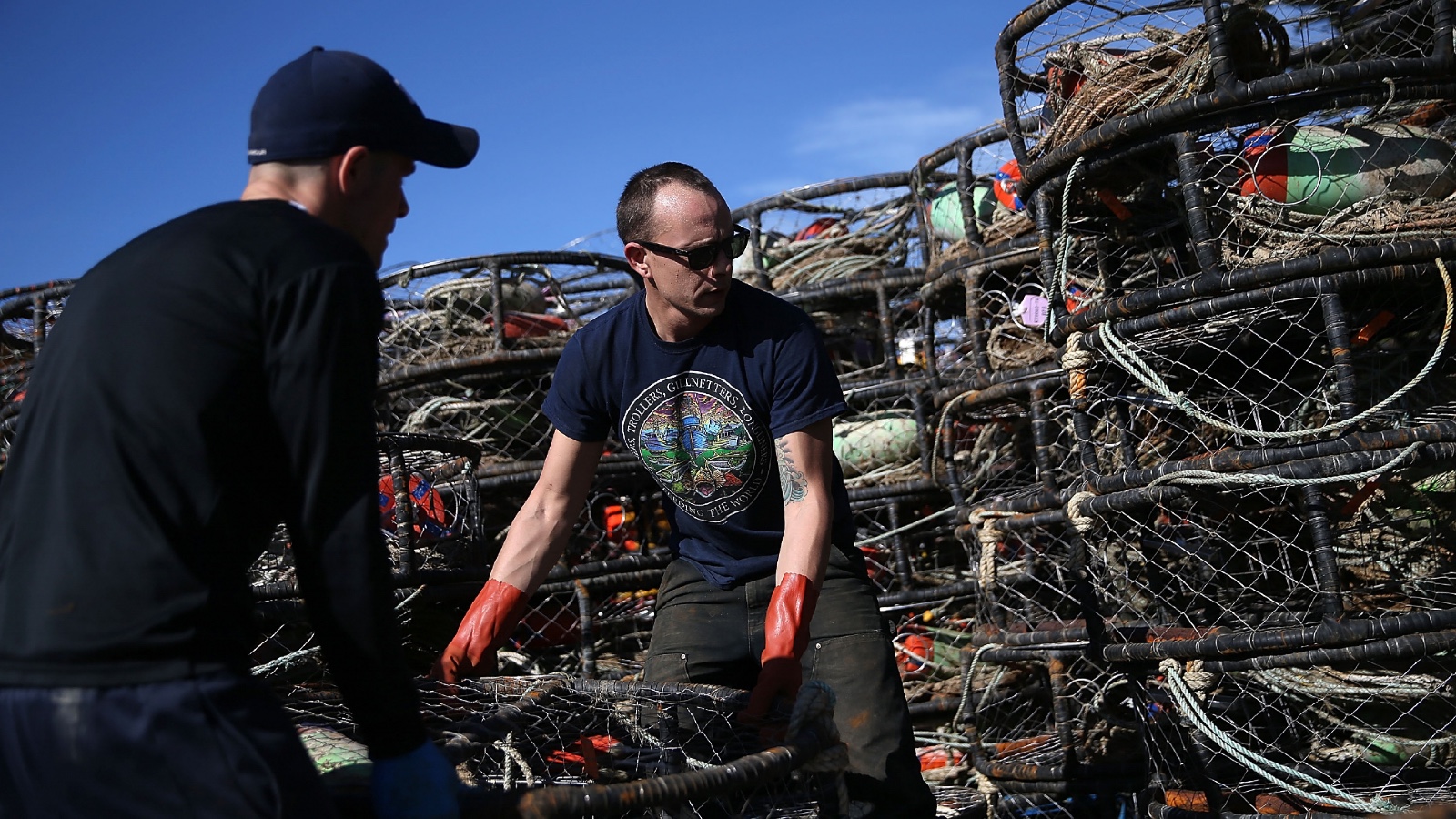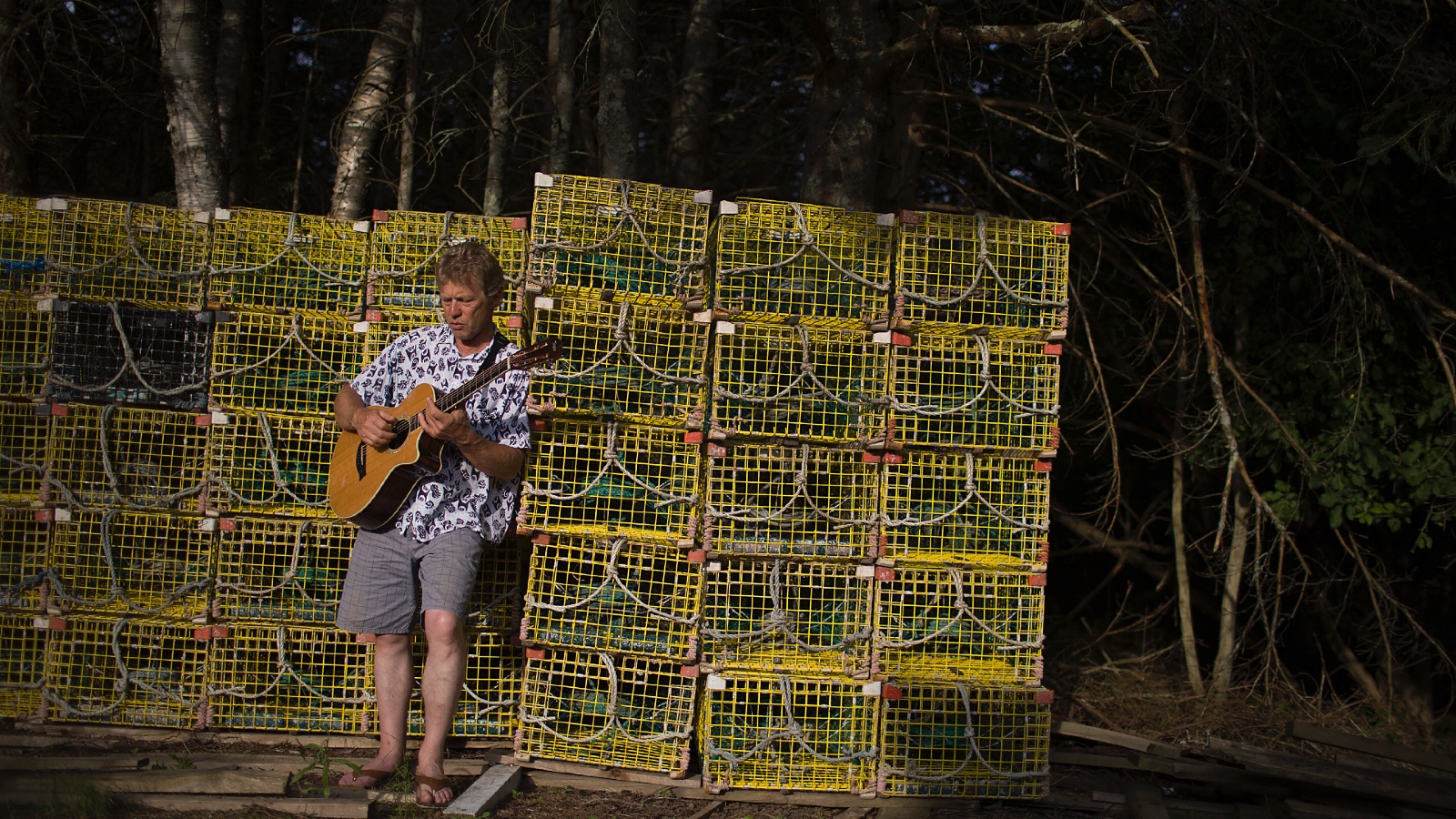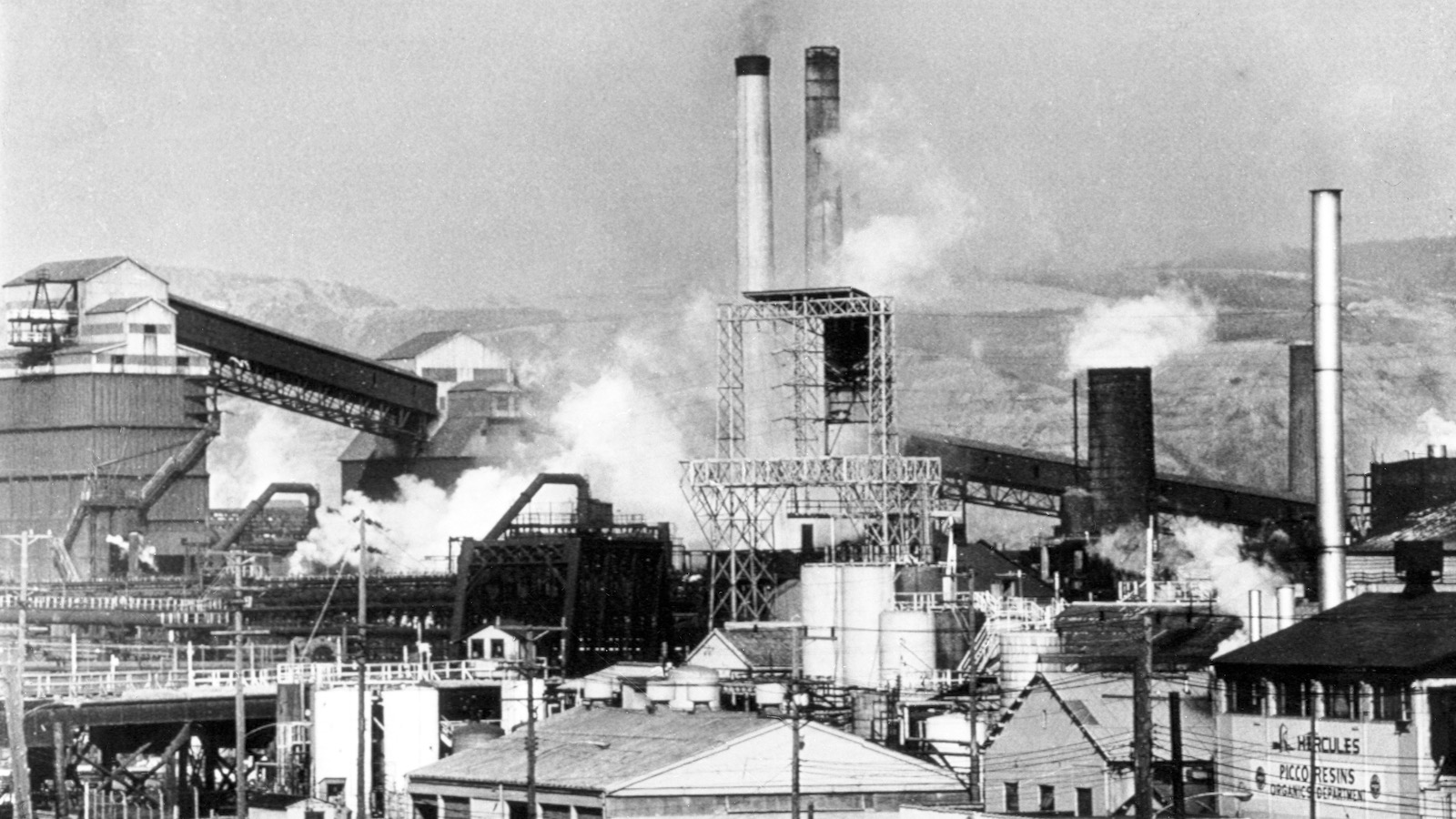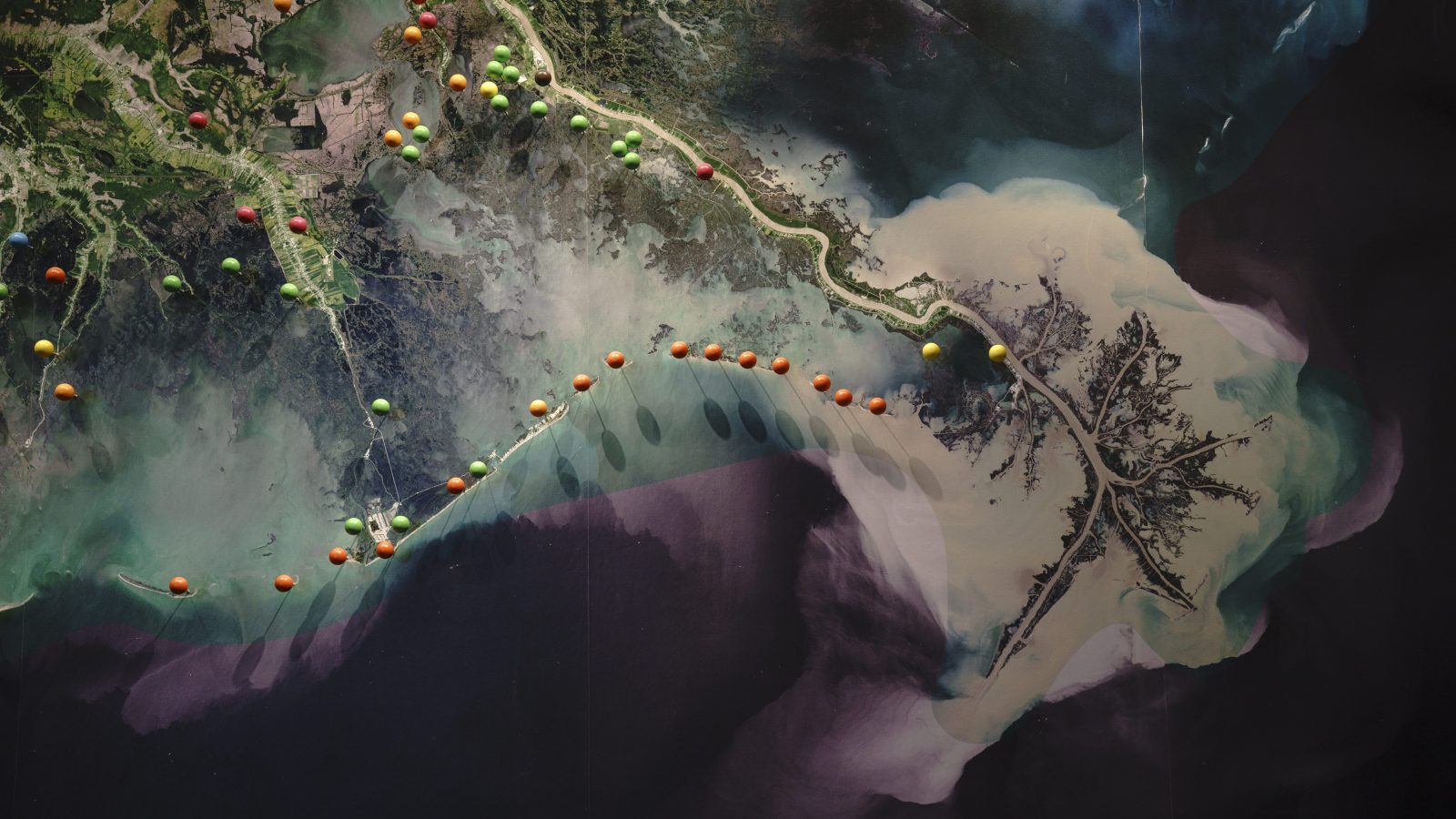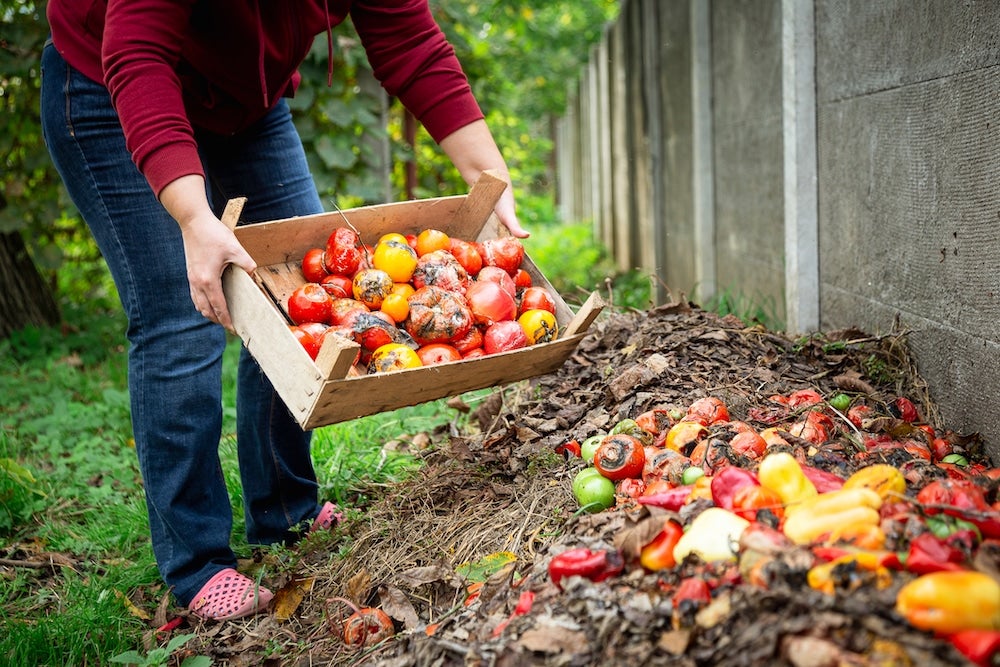
Quick Key Facts
- When you compost your food scraps instead of sending them off to a landfill, you reduce methane emissions and create organic material in which to grow plants.
- Composting also improves soil health; reduces erosion and the need for pesticides or fertilizers; and promotes carbon sequestration and climate resiliency.
- Two common types of aerobic composting processes are vermicomposting, which involves worms, and hot backyard compost piles.
- While many organic materials can be composted, not all should be composted in a residential setting because they will decay too slowly and potentially attract pests. Commercial settings will allow for more types of items to be composted.
- Finished compost can be mixed in soil or used as mulch.
- San Francisco was the first American city to create a food scrap composting program in 1996, but many more have since kicked off their own programs or are currently considering it.
- If your municipality doesn’t offer composting or food scrap collection services, you can look to private haulers or community gardens.
- Not all food scrap collection services are using the collected organic materials for compost. Instead, they may be using it to create other products, like biogas.
- A handful of states are allowing residents to choose to have their bodies composted once they die, but some groups find the practice controversial.
What Is Composting and Why Does It Matter?
Composting is the practice of intentionally breaking down organic substances — like food scraps — and turning it into compost, essentially a nutrient-rich organic matter that is excellent for feeding plants. It also helps reduce methane emissions associated with food waste (more on that later). And according to the Natural Resources Defense Council, “compost is an essential tool for improving large-scale agricultural systems” by improving soil health, reducing erosion and conserving water.
The U.S. Environmental Protection Agency (EPA) also notes that using compost “attracts beneficial organisms to the soil and reduces the need for pesticides and fertilizers,” as well as promotes carbon sequestration and, subsequently, climate resiliency.

How Does Composting Help Mitigate Climate Change?
Climate change is occurring because of human activities that create greenhouse gases, like carbon dioxide and methane, that prevent heat from the sun from escaping from our atmosphere and entering into space (the “greenhouse effect”).
When organic waste is thrown into the trash or into a landfill, it decomposes anaerobically, or without oxygen, in a process that then creates methane. While you’ve probably heard about the climate impact of carbon dioxide emissions, methane emissions last less time in the atmosphere but have a stronger impact while there.
“Methane has more than 80 times the warming power of carbon dioxide over the first 20 years after it reaches the atmosphere,” according to the Environmental Defense Fund. “Even though [carbon dioxide] has a longer-lasting effect, methane sets the pace for warming in the near term. At least 25% of today’s global warming is driven by methane from human actions.”
But when that organic waste is instead composted, it decays aerobically (that is, in an oxygen-rich environment), and methane isn’t emitted.
What Can I Do With Finished Compost?
Finished compost can be used throughout the garden in lieu of artificial or chemical products to help feed plants. It can be mixed into soil or used as a potting mix, or otherwise spread on top of the soil in the garden bed to use as mulch, according to the Institute for Local Self-Reliance.

What Are the Different Types of Composting?
There are three overall composting categories: hot methods, cold methods and vermicomposting. Within those categories are numerous different types of compost setups, but the most common types you’ll likely come across in the residential context are aerated, thermophilic compost piles (or backyard compost piles) and vermicomposting boxes. Several cold methods also create compost and they are slower, anaerobic processes.
As the name implies, backyard compost piles are simple enough to set up and maintain that you can do it at home. By incorporating an appropriate mix of carbon-rich and nitrogen-rich materials, as well as oxygen and water, you can build and maintain a compost pile that will produce finished compost in a matter of months. Temperatures within a backyard compost pile can reach between 130° to 160° Fahrenheit, according to the EPA which explains the backyard compost pile creation and maintenance process in full on its website.
Vermicomposting, meanwhile, involves using worms and microorganisms to break down organic matter to turn it into compost, according to the NC Cooperative Extension. The extension notes that only seven types of worms can work for composting, but California’s Department of Resources Recycling and Recovery recommends using one of two species: Eisenia foetida and Lumbricus rubellis. The process can be done inside or outside.

After consuming the organic matter, the worms will essentially poop out fertilizer in the form of worm castings. Cornell University’s Waste Management Institute recommends using old dresser drawers or fish tanks to set up at-home vermicomposting — the center also details the full process here.
How Long Until I Have Compost at Home?
Hot composting methods can produce finished compost with several weeks of maintenance, although that doesn’t account for curing time. It’s important to cure your compost, or leave it undisturbed to allow it to continue breaking down, after the first weeks of active maintenance in a backyard compost pile.
Vermicomposted organic matter, however, doesn’t require curing, according to the Institute for Local Self-Reliance, meaning you can use the finished compost right away.
Where Else Can I Compost if Not at Home?
Even if you don’t have space at home to have your own compost setup (or perhaps hosting a family of worms is unappealing to you), that doesn’t mean you can’t put your food scraps to good use.
Some community gardens may have a compost pile you can contribute to, but check with whomever is in charge of it to make sure you’re not adding too much of certain items (or the wrong things entirely). And depending on where you live, your local farmers market might offer a food scrap composting drop-off option.
Increasingly, municipalities like Arlington County, Virginia are offering their own food scrap pick-up programs to compost locally. That county began offering curbside food scrap collection in 2021, after five years of collecting only yard waste from residences. And some cities are creating pilot projects to test out such programs before committing to them long-term. Washington, DC, for example, is kicking off a curbside composting pilot this summer for 12,000 households whose waste is handled by the city’s public works department.
But such programs aren’t exactly brand-new ideas, as San Francisco became the first American city to establish a large food scrap composting program nearly 30 years ago, in 1996. (The city met several smaller waste reduction goals but failed to meet an ambitious zero-waste by 2020 goal, revising it to cutting total waste by 15% by 2030 and reducing landfill-bound waste by 50%).
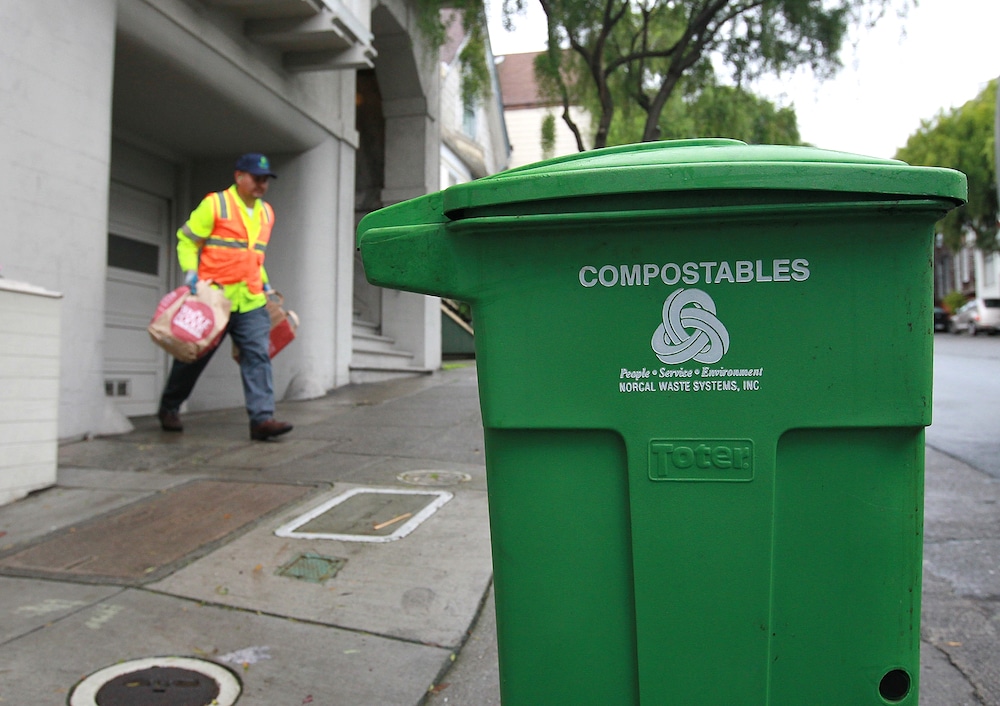
If your city doesn’t offer its own food scrap collection program, research whether private food scrap haulers exist in your area. Essentially, you sign up and pay these haulers to independently collect your organic waste on a set schedule and take it to an off-site compost pile. Some may allow you to skip weeks when you haven’t collected enough scraps to make pick-up worthwhile.
Another bonus of composting away from the house? Often you can opt to receive some of the finished compost if you’re a regular subscriber or contributor, meaning you can gain the garden benefits of composting without having to do the dirty work yourself.
What Can I Compost?
Some resources say that anything that can be eaten can be composted. That may be true in general, but some things should only be composted in certain settings. Not every substance decomposes at the same rate, meaning items that are slower to break down could attract pests, according to Food Print, a GRACE Communications Foundation project that focuses on environmental concerns around the industrial food system.
The Institute for Local Self-Reliance offers a list of what should and shouldn’t be composted on their website. Yard waste, such as untreated wood chips and fall leaves, as well as cut flowers, tea bags without staples, crushed egg shells and fresh fruit and vegetable scraps can all get tossed in a backyard compost pile. But the institute doesn’t recommend trying to compost pet waste, meat, bones, dairy products, or cooked foods.
However, if you drop off your food scraps or have them picked up by a municipal compost service, that service provider can likely compost a more expansive array of items that you’re able to do at home. Arlington County, Virginia details on its food scraps collection webpage a lengthier list than most backyard composters could rely on, including meats, bones… basically anything we consume, plus things like greasy pizza boxes, soiled napkins, natural corks and even hair and fingernail clippings.”
A growing number of products claim to be compostable, but often they are only compostable in industrial or commercial settings. If you have a specific question (like whether you can compost an old slice of apple pie since it’s mostly apples, or whether take-out utensils labeled compostable actually can be), don’t overthink it. Just reach out to the agency or company running the program and ask.
Can Humans Be Composted?
The short, scientific answer to that question is yes, humans are compostable. But the question of whether you’re allowed to compost humans depends on where you live.
Currently, six states in the U.S. allow for human composting as an after-death alternative to traditional burials or cremation, according to CNBC Make It. California, Colorado, New York, Oregon, Vermont and Washington (which first set the trend in 2019) have all made it a legal option for residents. According to Legiscan, Nevada’s governor signed a law that made human composting legal in the state on May 30, 2023, making it the seventh state to do so.
A human composting legislation tracker maintained by Earth Funeral Group notes that Connecticut, Illinois, Maine, Maryland, Massachusetts, Minnesota, New Jersey, New Mexico, Rhode Island and Virginia have all had bills filed to legalize natural organic reduction, another term for human composting. The same tracker notes that legalization legislation has been considered but failed to pass in Hawaii and Pennsylvania.
Composting humans has several environmental benefits over more common types of end-of-life corpse care. Cremation creates roughly 400 kg of carbon dioxide per body, according to an article published by The Guardian. The newspaper further explains how traditional burials aren’t much better, with “embalming fluid seeping into the soil as the body and coffin decompose, as well as other toxins such as radiotherapy or chemotherapy drugs,” in addition to limited burial space.
Nonetheless, reporting by Illinois television station WTVO notes that some religious groups and traditional burial groups are actively against the practice, citing concerns for the dignity of the deceased.
Are Food Scrap Collection Programs Always Making Compost?
Not necessarily. Depending on where you live, your scraps might be sent off to an anaerobic digester to be processed. As noted before, an anaerobic processing of food scraps creates methane, but operators of anaerobic digesters tout that the machines contain those emissions and turn them into biogas or digestate, according to the EPA. That biogas can be used for manufacturing feedstocks, electricity, heating, vehicle fuel or renewable natural gas (which is basically processed biogas). Depending on whether it’s in liquid or solid form, digestates can be turned into “animal bedding, nutrient-rich fertilizer, a foundation material for bio-based products (e.g., bioplastics), organic-rich compost, and/or simply as soil amendment, the latter of which may include the farm spreading the digestate on the field as fertilizer.”
Food scraps aren’t the only thing that can be processed in an anaerobic digester. The agency also lists animal manure, wastewater biosolids, crop residues, fats, oils and brewery or winery waste as products that can go in such a system.

The post Composting 101: Everything You Need to Know appeared first on EcoWatch.

